
How to Speak Spanish: Days of the week
This video tells us how to pronounce days of a week in Spanish. Before that, we need to know two things: The days are not capitalized, and the week starts from Monday.


This video tells us how to pronounce days of a week in Spanish. Before that, we need to know two things: The days are not capitalized, and the week starts from Monday.
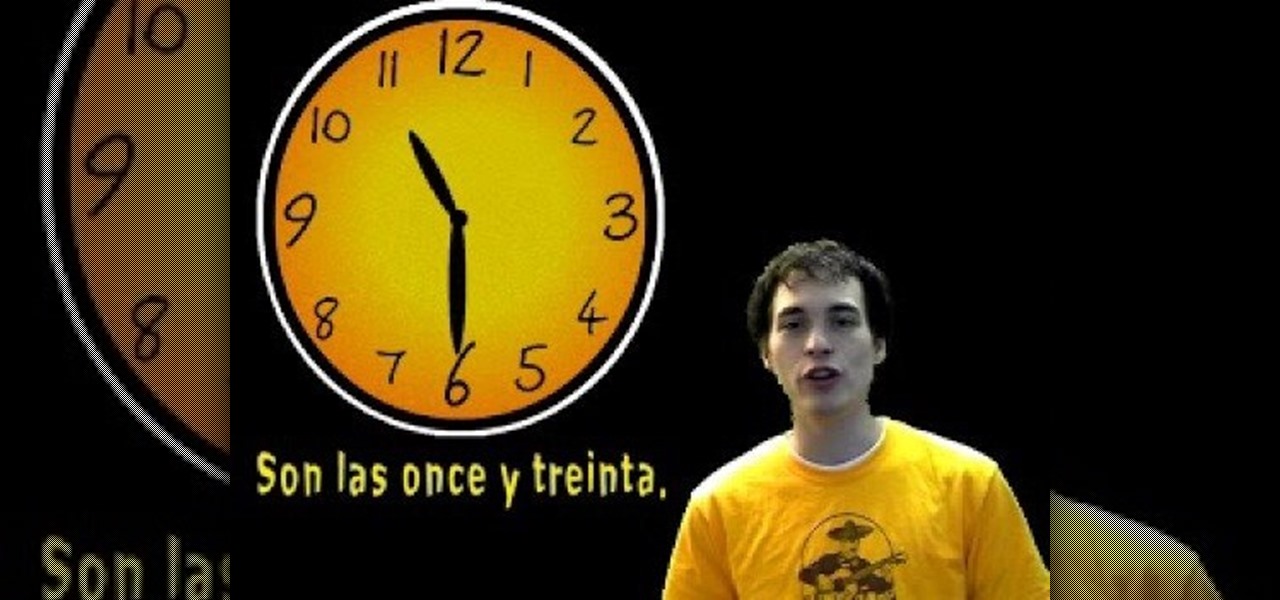
Olla! In this lesson we will be learning how to tell the time in Spanish.
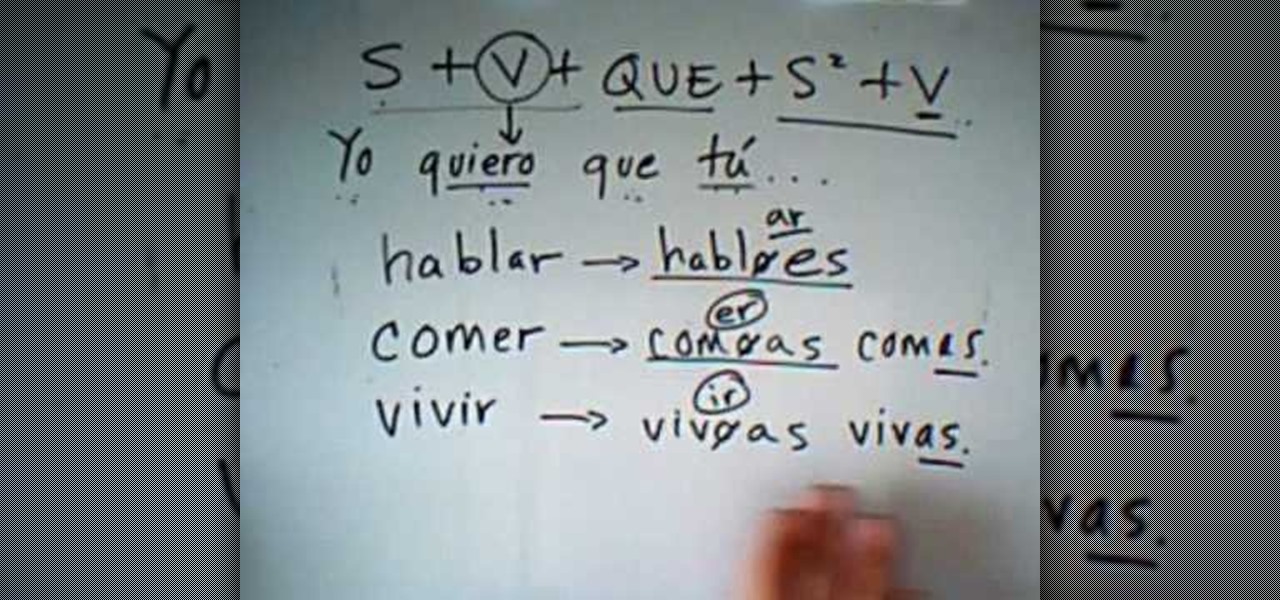
How to conjugate in the subjunctive in Spanish for the present tense.
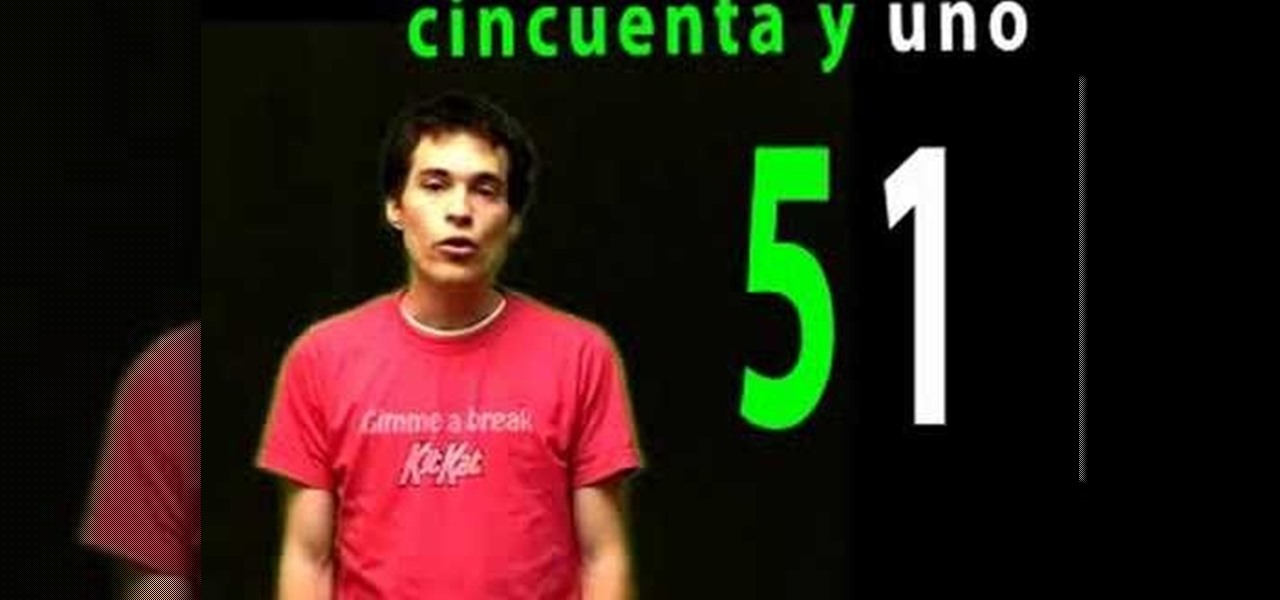
Check out this Spanish language video that shows you how to say the numbers zero through one hundred. This is the third in the numbers videos. The prior two covered 1-15 and the second 0-39. In this language video we go all the way to 100. Practice your Spanish language skills and improve your pronunciation of the numbers 0-100 in Spanish. Hope this helps.
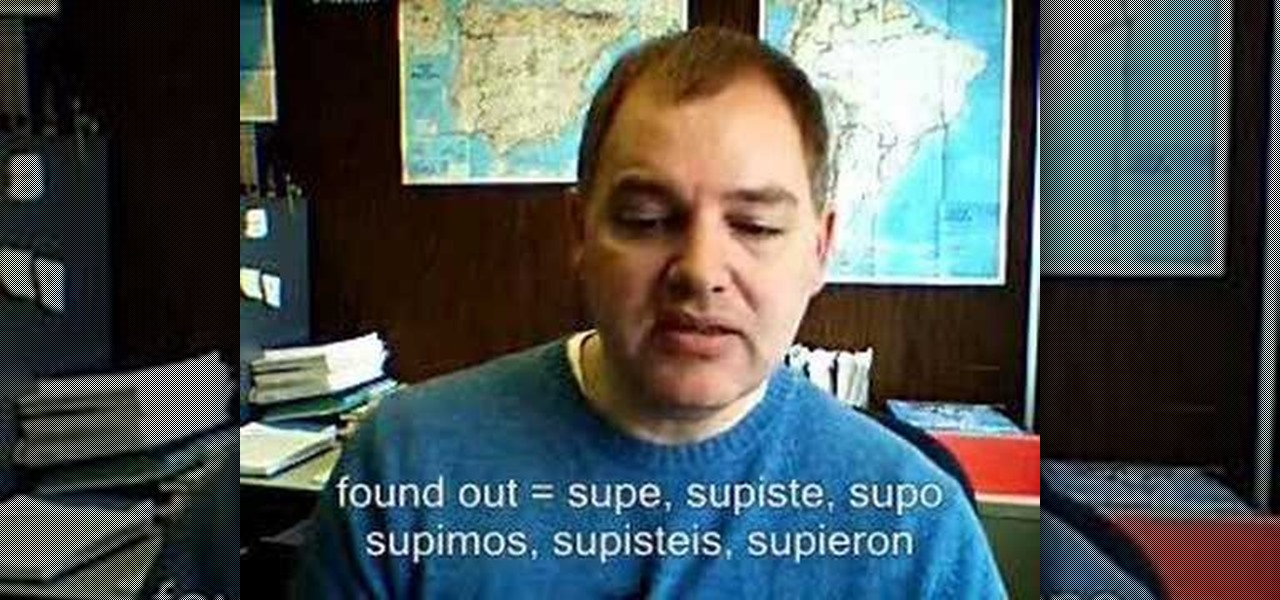
This Spanish video lesson presents forms of regular and irregular verbs in the preterite and imperfect tenses. Watch, listen, and learn.

Spanish is the biggest and most used language, right next to English. It's even one of the six official languages of the United Nations. Make sure you're up to date and bypass the language barrier. Learn to speak Spanish phonetically. With these 35 videos from WatchMojo, you'll be speaking Spanish in no time. Translate English words into Spanish!

Check out this Spanish language tutorial that demonstrates how to pronounce the numbers oen through fifteen in Spanish. In this language lesson, learn how to say the numbers 1-15 in Spanish. Practice your Spanish language skills with this instructional video and improve your understanding of the numbers 1-15 in Spanish.

Check out this Spanish language video that demonstrates how to use the personal pronouns in Spanish. In this instructional language video, learn about the personal pronouns (I, you, he, she, we, they) in Spanish. Practice your Spanish language skills with this how to video and improve your understanding of the personal pronouns in Spanish.

Check out this Spanish language tutorial video that shows you some basic conversational phrases in Spanish. This instructional language video teaches you how to say and pronounce some basic greetings in Spanish. Learn the correct grammar for these words and phrases and improve your Spanish language skills by watching this how to video!

Check out this Spanish language video that shows you how to say the numbers zero through thirty-nine. In this language lesson, review the numbers 1-15 in Spanish from the prior video and then add the numbers 0 and 16-39. Forgive the repetition in this video, but that's the best way to learn a new language. So practice your Spanish language skills and improve your understanding of the numbers 0-39 in Spanish.
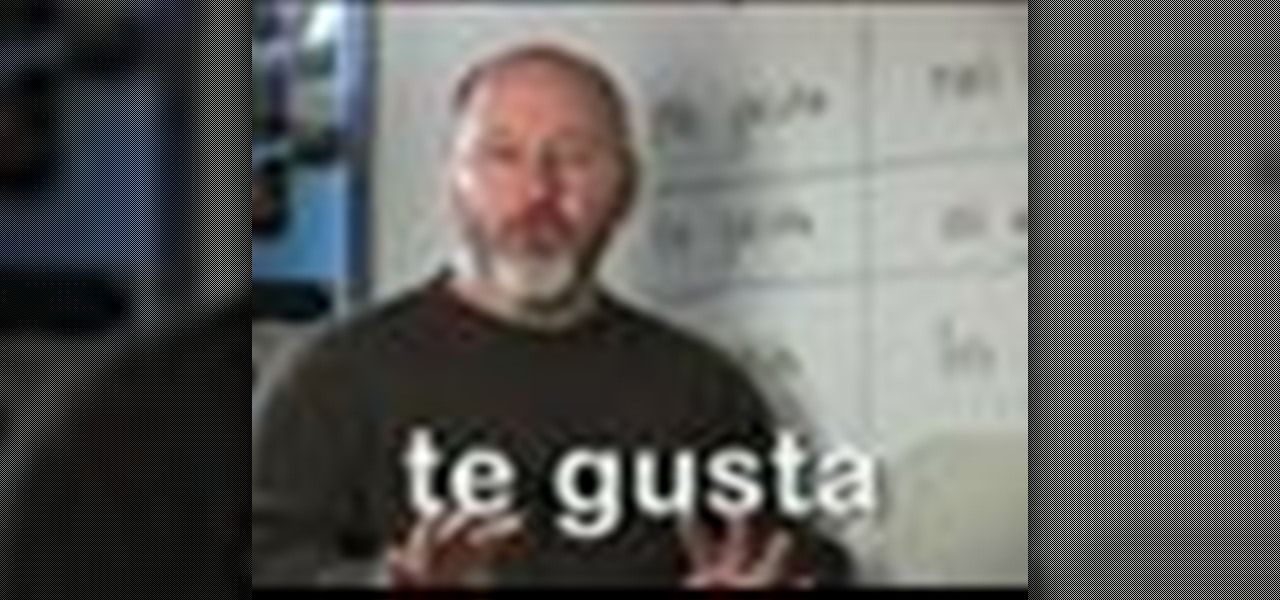
Larry Keim, the host of "Rolling R's", teaches Junior High School Spanish in Mesa, Arizona. He has a passion for Spanish, and he's created this video podcast to give away Spanish lessons for free. In this lesson, Larry shows you how to say “I like . . .” using the Spanish verb gustar.

Larry Keim, the host of "Rolling R's", teaches Junior High School Spanish in Mesa, Arizona. He has a passion for Spanish, and he's created this video podcast to give away Spanish lessons for free. In this show, Larry introduces you to the Spanish verb “llevar” which means “to wear”.
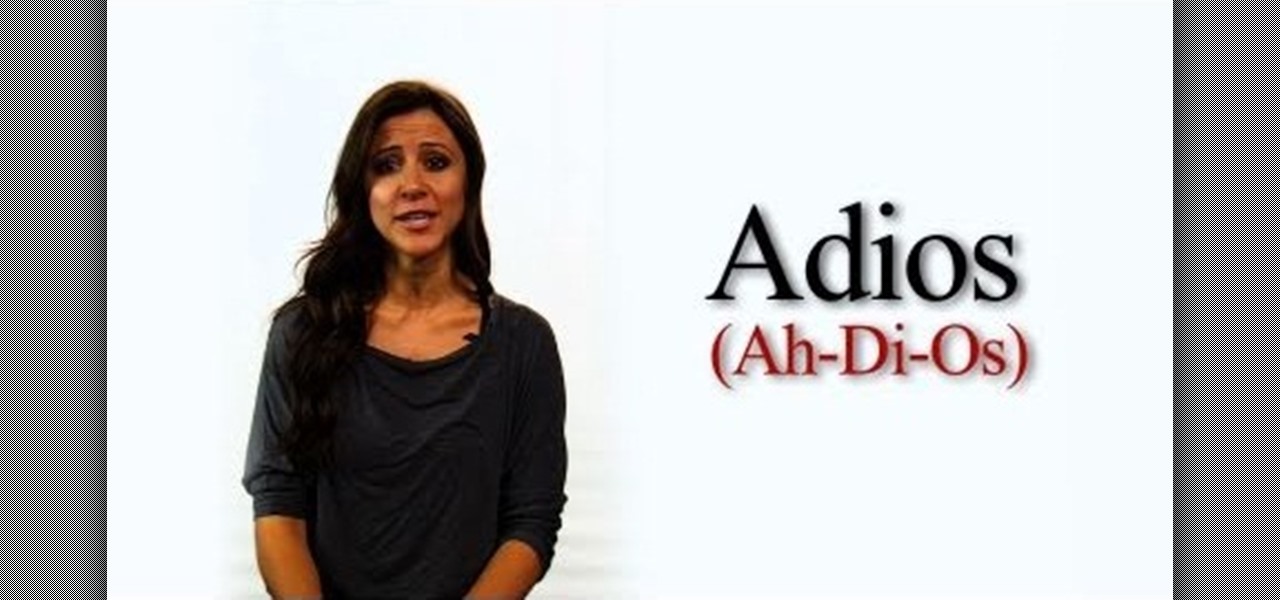
If for whatever reason you are marooned in a foreign, Spanish-speaking country, the key to your livelihood will be in how well you communicate. One of the most important Spanish phrases you need to learn is how to say "Nice to meet you." Saying this will gain you friends and favors.

Check out this Spanish language tutorial that demonstrates how to use the formal and informal version of the word "you" in Spanish. This instructional language video reviews the basic conversation from Lesson 1 and covers Tú and Usted, which both mean 'you', but differ in usage -- one is informal and the other is more formal, respectively. Watch this Spanish language video to learn the difference between the two forms and when to use them.

People respond so much better to requests when you add the word "please" in front of them. So if you're stuck in a foreign, Spanish-speaking country, it's vital that you add "please" when necessary to establish good manners, so that people will help you out.
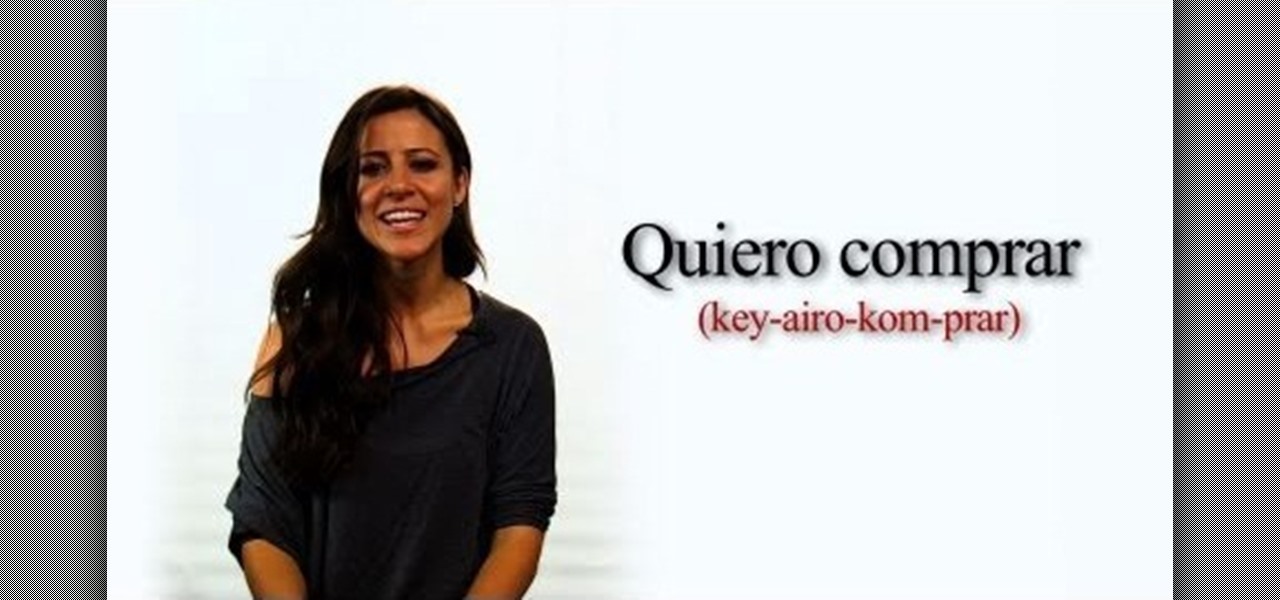
Are you studying abroad in Spain? Then at one point or another you will find yourself in situation of saying either to your roommate or sexy hot fling that you're going to work.
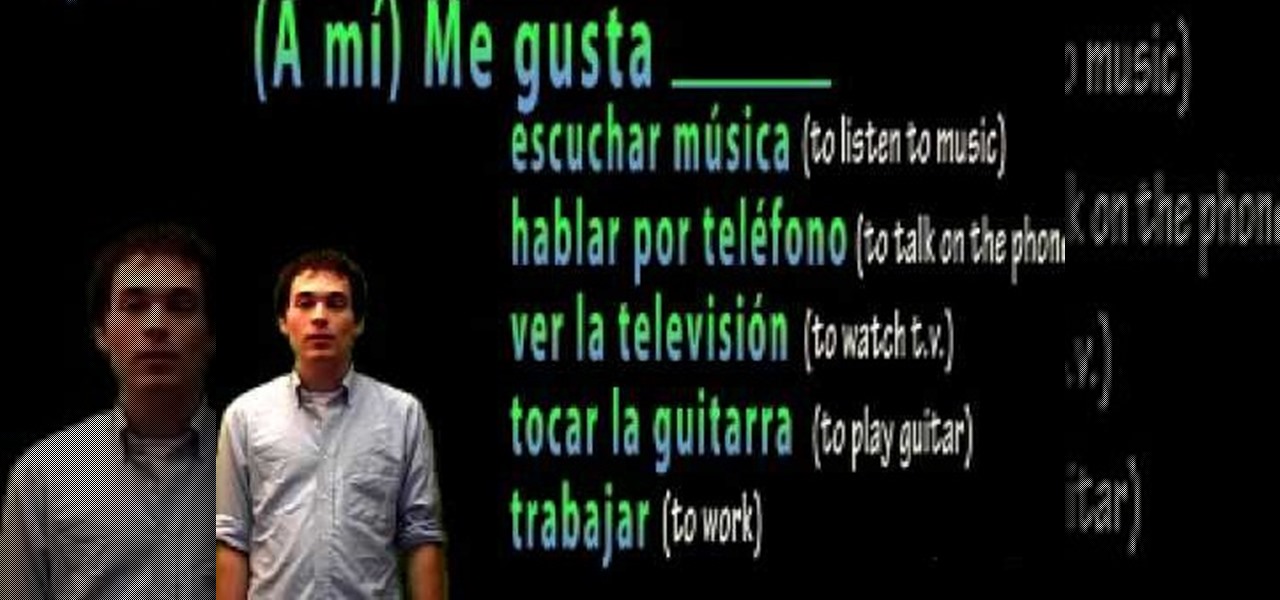
In this video, we learn how to speak Spanish: "me gusta" (I like). First, you will need to learn how to form sentences. After saying "me gusta", you will need to say a verb that you like to do. These include: "nadar" (to swim), "practicar deportes" (to practice sports), and "estudiar" (to study). These are just a few of the many words you can use for verbs. An example of a sentence would be "me gusta tocar la guitarra" (I like to play guitar). If you would like to say you don't like to do som...
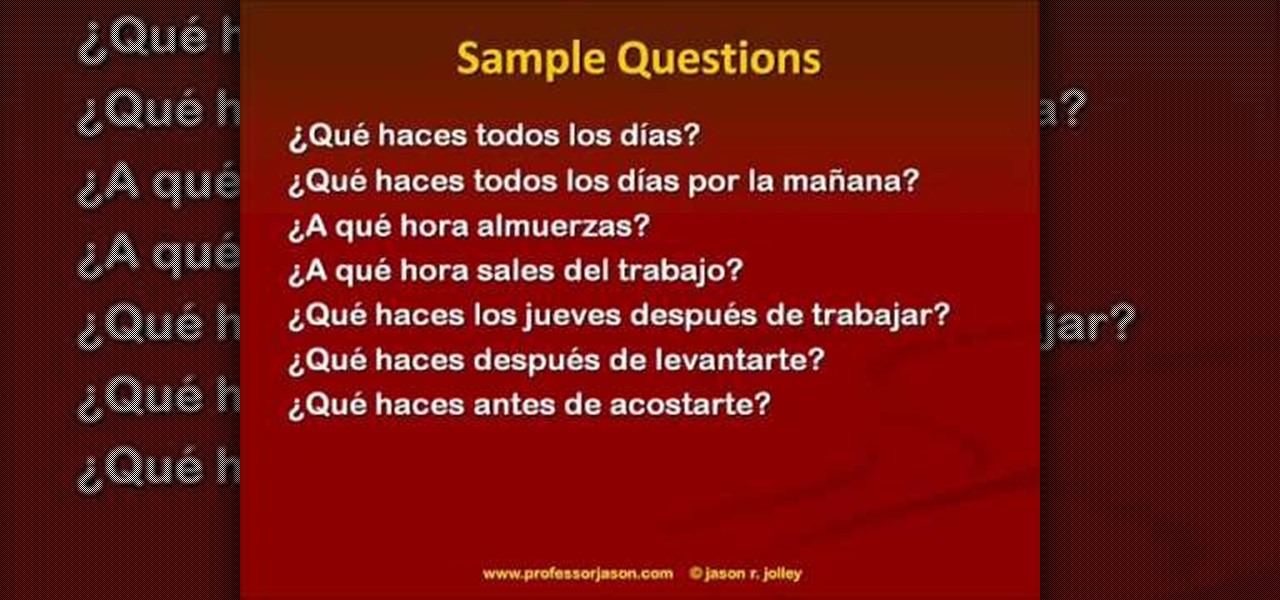
In this video, we learn how to talk about your daily routine in Spanish. First, you need to learn common expressions about doing things. The key verbs that talk about your typical routine include: "despertarse" (to wake up), "levantarse" (to get up), "banarse" (to bathe), and "ducharse" (to shower). These are just a few of the verbs you can use for your daily routine. Other activities include: "estudiar" (study), "cenar" (to have dinner), and "acostarse" (to go to bed). Make sure if you are u...
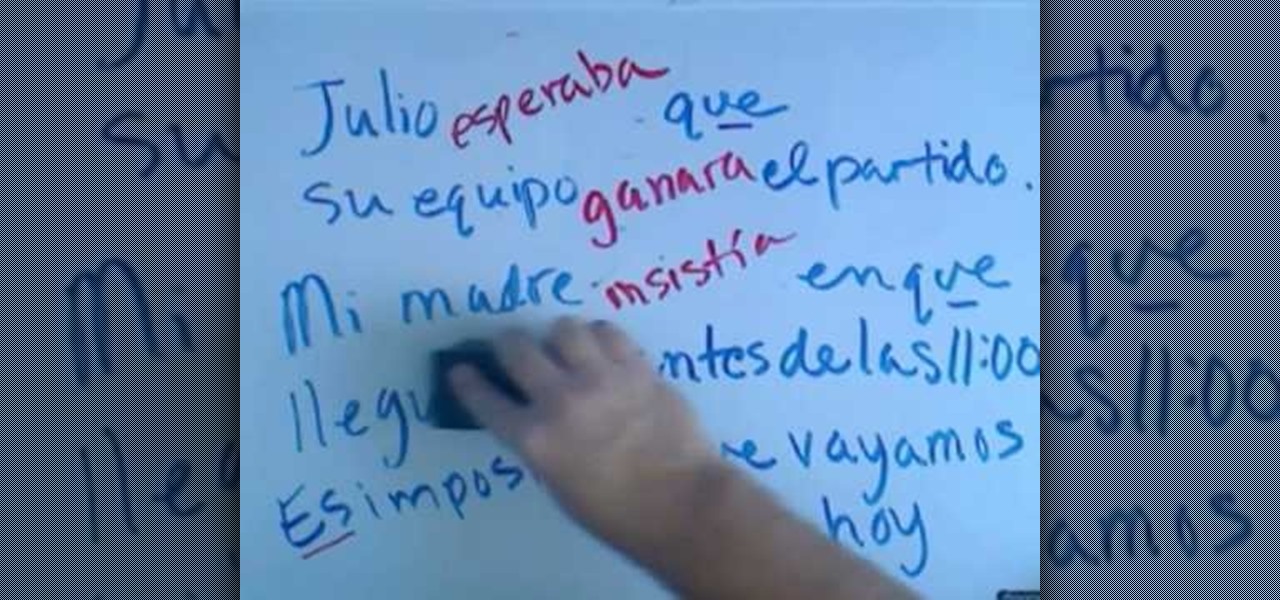
In this video, we learn how to use the imperfect or past subjunctive in Spanish. When you are speaking in first person, you are going to use the singular "yo". If you are speaking in plurals, you will us "os", such as "nosotros". For second person familiar, you will use "tu", then for second person formal you would say "usted". For third person, you will say "el". When you talk in second person familiar and formal you will stress the second syllable in the word. Dissect the sentence to find o...
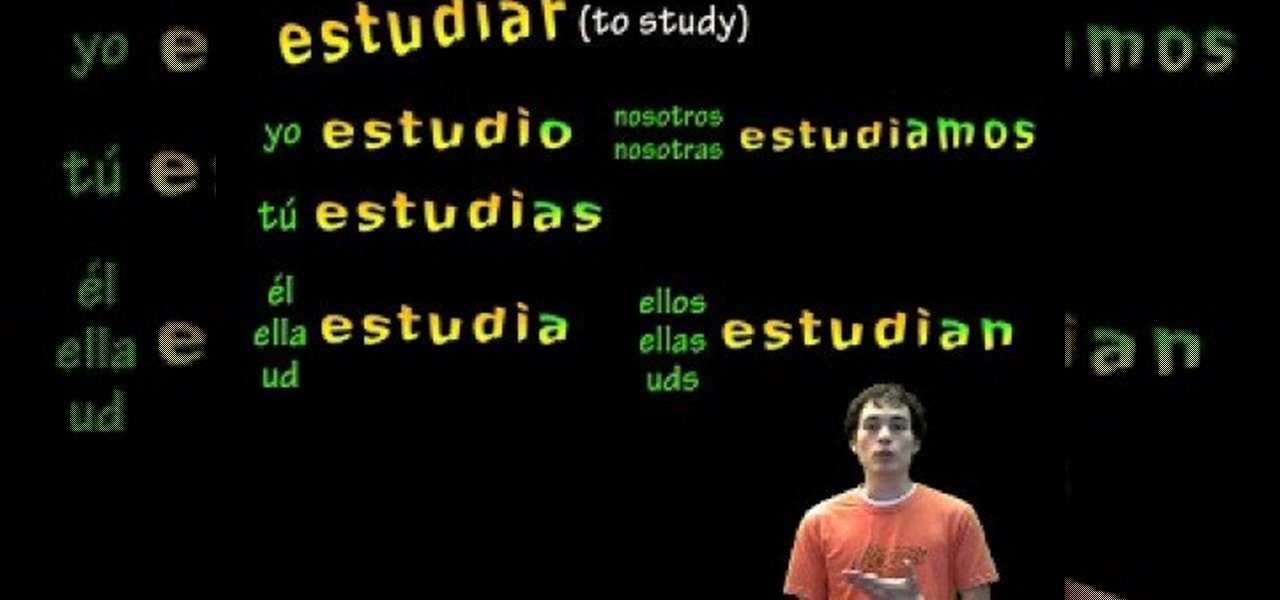
In this video, we learn how to speak Spanish by using the present tense of AR verbs. For females, "ellas" means they and for males "ellos" means they. To say "you all" you would say "ustedes". For example, the word "trabajar" would knock the "ar" off depending on who was the subject in the sentence. It would be replaced with "o", "as", "a", etc depending on who was being talked about. This goes the same for every verb that ends in "ar". The tense must change when you are talking about singula...

In this video, we learn how to speak Spanish by asking what time. The phrase, "a que hora" translates to "at what time" in English. The word "termina" means "it ends" ad "empieza" means it begins. You can ask questions using these words, such as what time a concert starts, what time school starts, what time a party begins, etc. Practice learning how to say the hours of the day in Spanish so you can respond to someone when they ask you what time it is. When answering this question, you will st...
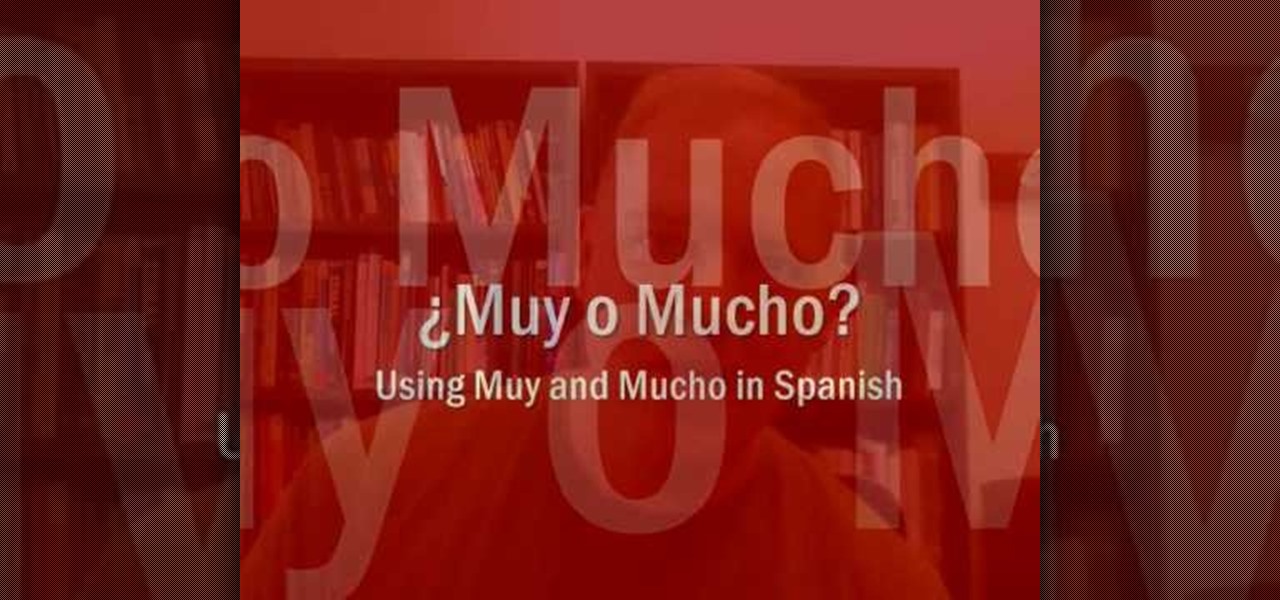
Learning to differentiate between common nearly synonymous words in a foreign language is one of the biggest challenges inherent in learning another language. Here, Spanish instructor Professor Jason breaks down the difference between the Spanish words "muy" and "mucho". While these both seem like they mean "more" to many English speakers, one is actually an adverb and the other an adjective, so using them interchangeably can be a major mistake. Many examples and a quiz are included in the vi...
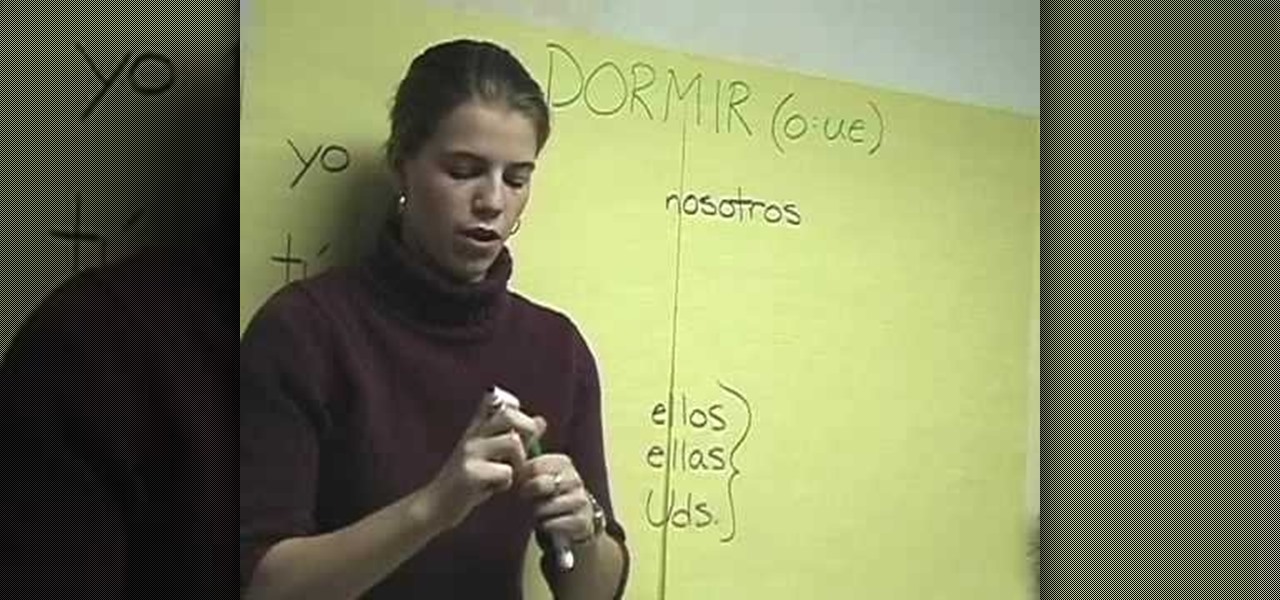
If you are confused in Spanish class, give this tutorial a try. In it, you will learn how to conjugate stem changing verbs in Spanish, using the verb "querer" as an example. Stem changes can be confusing for a first time Spanish learner, but this video can help.

When you start learning Spanish, you will need to know how to conjugate verbs properly. In this tutorial, learn to conjugate one of the most common types of verbs - those that end in the letters "-ar". This video is taught by a real teacher and includes many examples, so follow along and get ready to start morphing your verbs. You will be talking like a native speaker in no time.
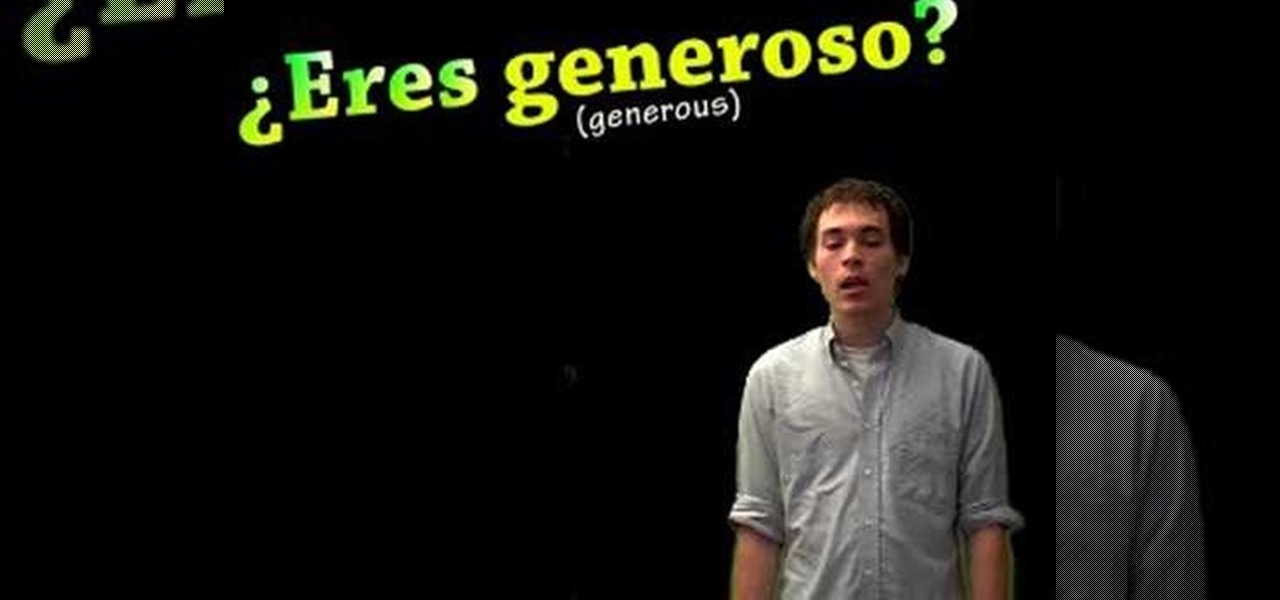
Check out this Spanish language lesson that shows you how to use the phrase "¿Cómo eres?" in Spanish. This language lesson covers the yo and tú forms of the verb SER (to be). As well as telling you how to say Yo soy (I am) and Tú eres (you are), this instructional Spanish language video also teaches some adjectives to describe your personality. Hope it helps!

Learn how to say "What does that mean in English or Spanish?" in Spanish.
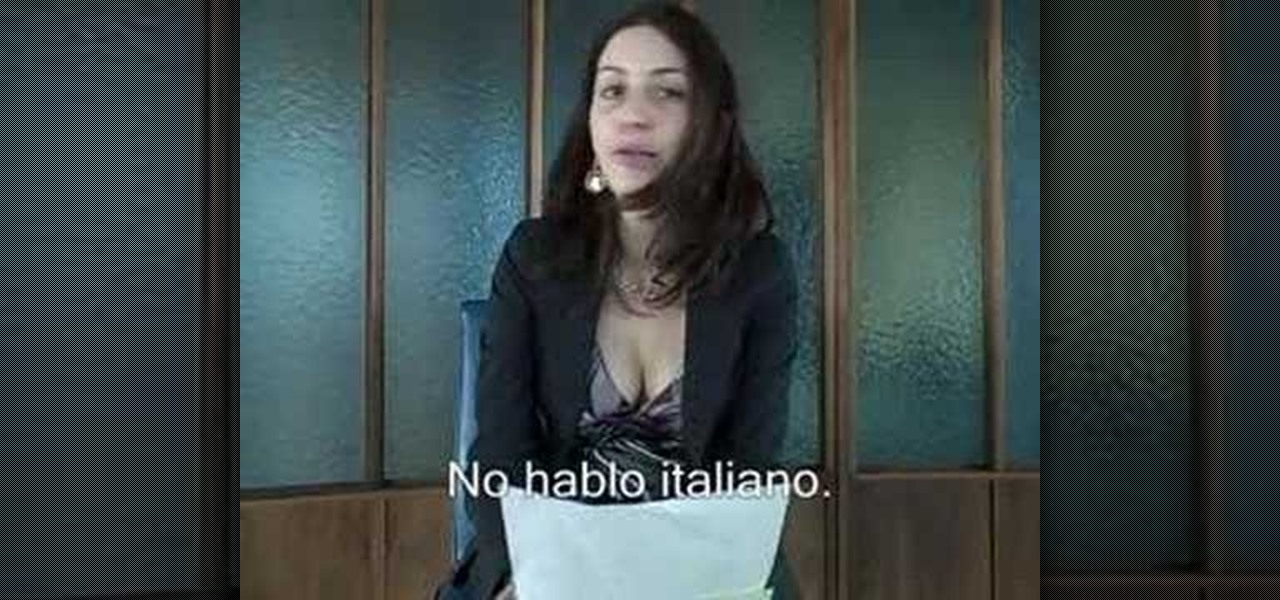
Learn how to say "I do not speak German or French or Italian or Spanish." in Spanish.
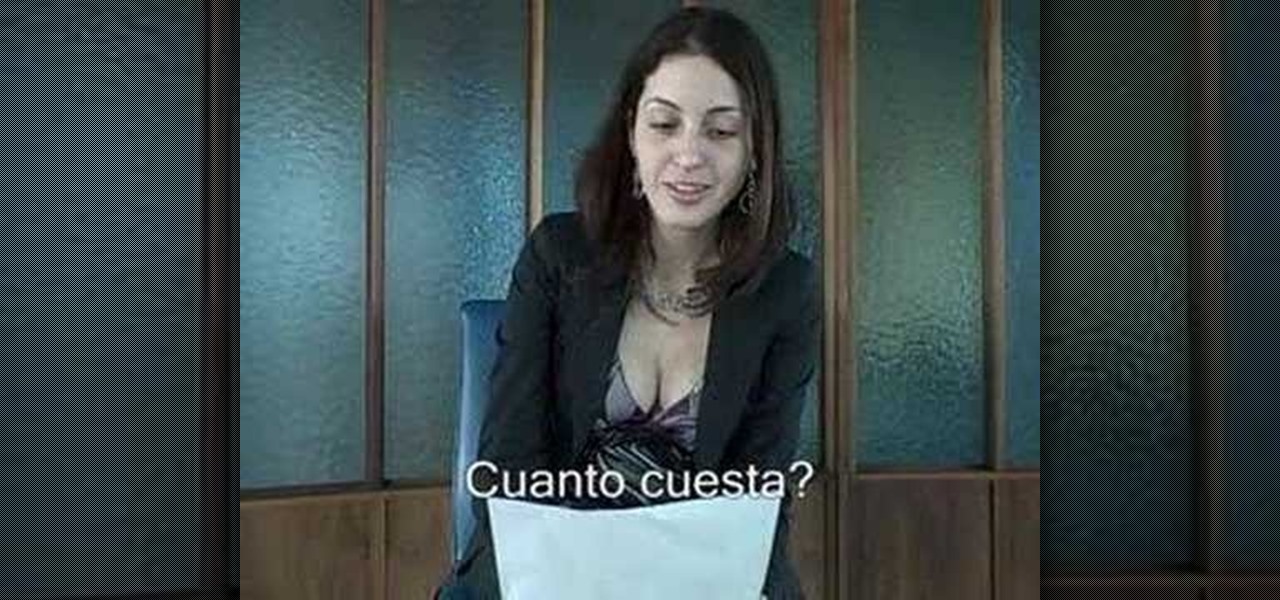
Learn how to say "How much does this cost?" in Spanish.

Learn how to say "Do you speak English?" in Spanish.
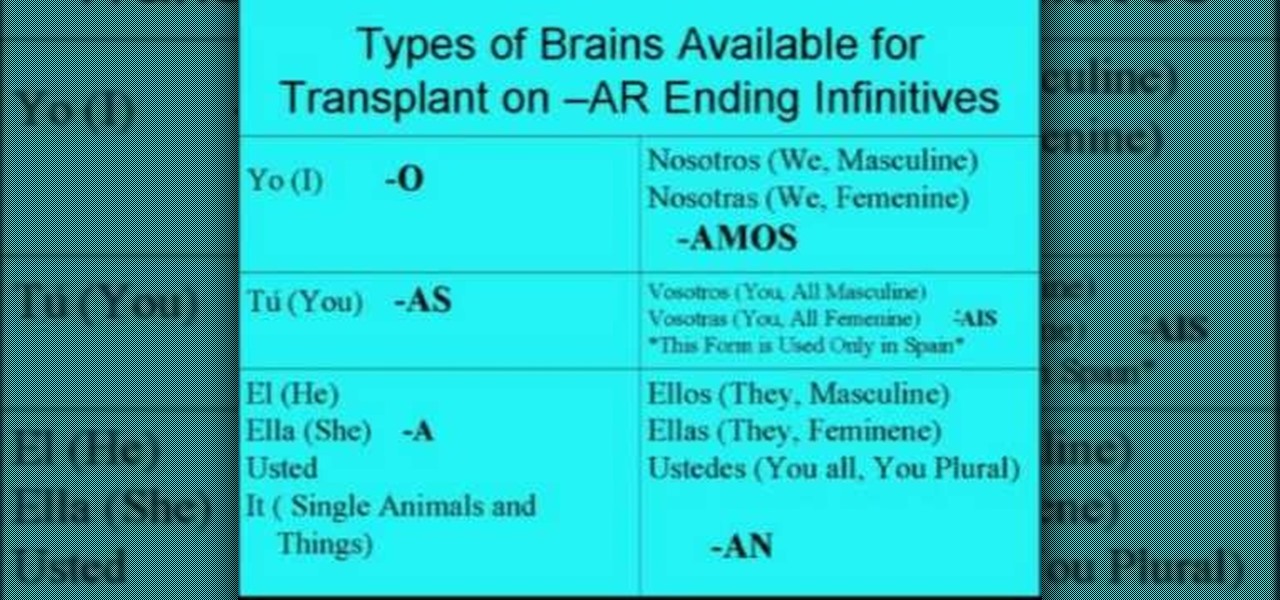
This lesson continues the teaching of Spanish verb conjugation and it also provides practice exercises. Watch, listen, learn, and practice.

This Spanish video lesson covers adjectives and their relationship with number and gender.

Want to know just enough to say "I haven't mastered the language"? Watch this video and learn these simple Spanish phrases to get by.

This is a video lesson on greeting phrases in Spanish. Watch, listen, and repeat!
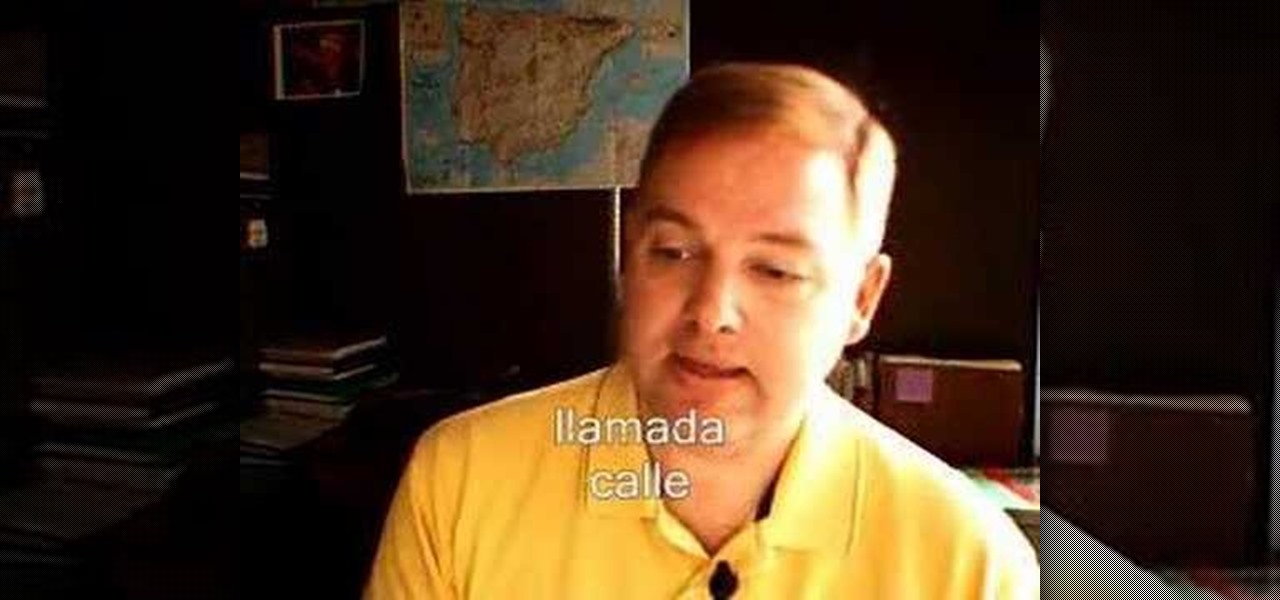
This is a video lesson presents the letters and sounds of the Spanish language. Watch, listen, and repeat. You know the drill!

Here are 10 Spanish phrases to help you not only find a hotel room but to find one with all of the amenities you want. Subtitles are included for help with pronunciation.

Larry Keim, the host of "Rolling R's", teaches Junior High School Spanish and has created this video podcast to give away Spanish lessons for free. In this show, Larry demonstrates the verb “hacer” which means “to do" or "to make.” He'll go over how to say it and how to use it.

In this lesson, Larry Keim demonstrates how to say the days of the week, how to ask what day it is, and how to say some other related phrases in Spanish. He goes over each word step by step and gives the English and Spanish version so it's very easy to understand.

In this Spanish lesson, Larry Keim demonstrates how to say the months of the year, and how to say the date, and how to say your birthday. The pace is great so you should be learning in no time.

There is no English in this lesson but sometimes that is the best way to learn! Follow along and learn how to speak Spanish with a detailed yet intermediate class based on pictures.

Each verb in the Spanish language has several tenses and forms of conjugation. Learn how to conjugate the Spanish verb "ser," meaning "to be," in each tense with tips from a Spanish teacher in this free foreign language video series.